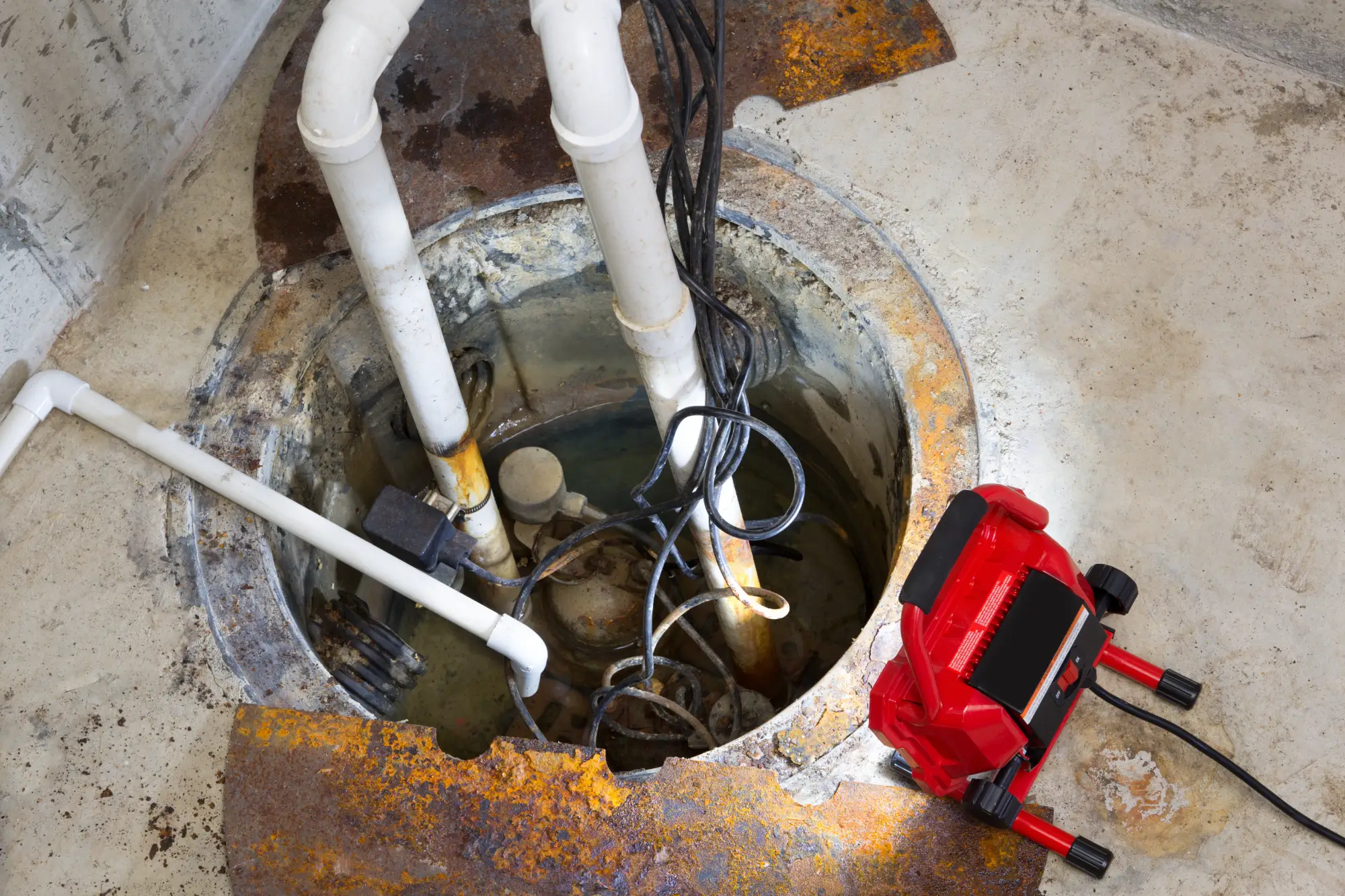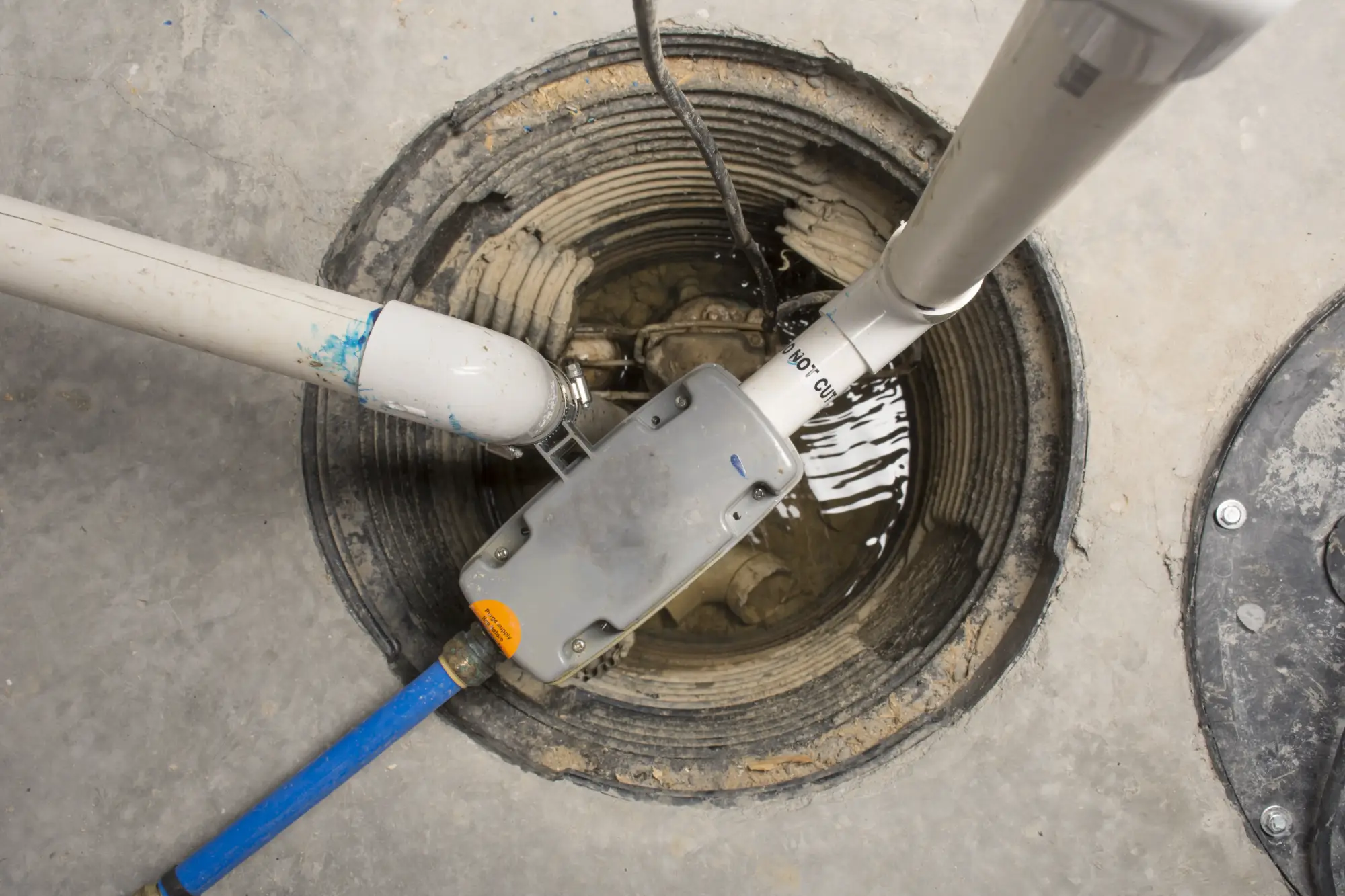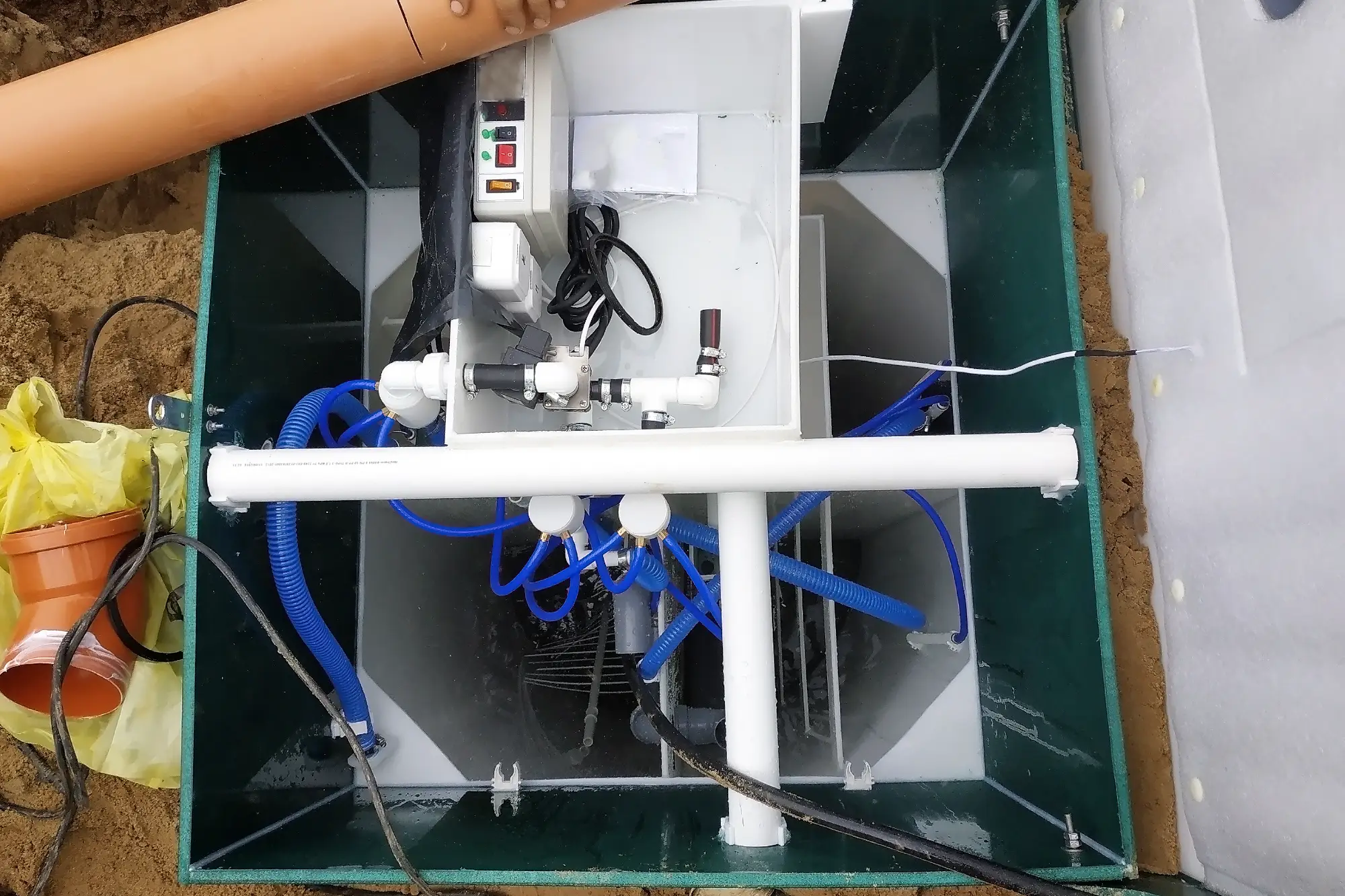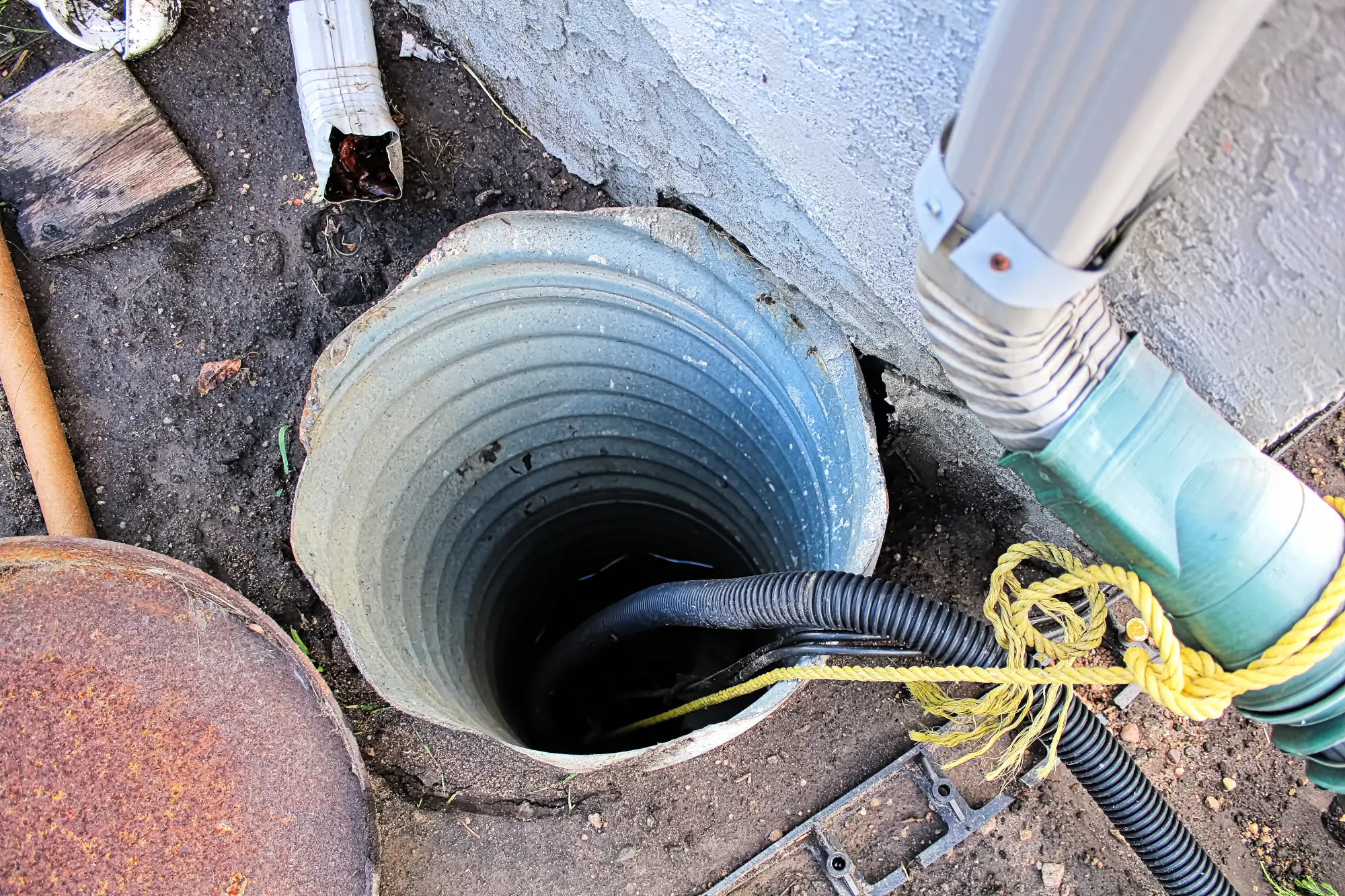Sump Pump Installation in Yaphank, NY
Stop Basement Flooding Before It Starts
Custom sump pump systems that actually work when Long Island storms hit hardest.

Hear About Us

Reliable Basement Sump Pump Systems
You’ll sleep through storms instead of lying awake wondering if your basement is flooding. No more rushing downstairs during heavy rain to check for water. No more moving boxes and furniture every time the weather forecast looks threatening.
Your belongings stay safe and dry where you put them. That finished basement becomes usable space again, not a constant source of stress and expensive repairs.
The musty smell disappears. Your home feels healthier. You stop worrying about mold growing behind walls or your HVAC system getting damaged by moisture. When neighbors are dealing with flooded basements, yours stays completely dry.
Yaphank Sump Pump Installation Company
Diamond Masonry & Waterproofing LLC has been protecting Long Island basements for years. We understand how Yaphank’s sandy soil and high water table create unique challenges that generic solutions can’t handle.
We’re not the biggest company you’ll find, but we’re the one who shows up when you call. Our installations are built to handle everything from summer thunderstorms to nor’easters, because we’ve seen what happens when systems aren’t designed for our local conditions.
Every installation receives the same attention, regardless of whether it is a small crawl space or a fully finished basement. We’re licensed and insured, and we live in the communities we serve.

Professional Sump Pump Installation Process
We start by assessing your basement’s specific water issues and soil conditions. Every home is different, so we design a system that matches your property’s needs rather than using a one-size-fits-all approach.
The installation begins with excavating the sump pit at the lowest point of your basement floor. We install the basin, connect the discharge piping, and set up the pump system with proper electrical connections. Everything is tested thoroughly before we clean up.
You’ll know exactly how your system works and what to expect. We walk you through the operation, show you how to test it, and explain the maintenance schedule. Most installations are completed in one day with minimal disruption to your routine.

Ready to get started?
Explore More Services
About Diamond Masonry & Waterproofing
Get a Free Consultation
Complete Basement Sump Pump Solutions
Your sump pump installation includes everything needed for reliable operation. We install high-quality pumps rated for Long Island’s conditions, properly sized discharge piping, and electrical connections that meet local codes.
Battery backup systems are available for homes that lose power during storms. We can also install water alarms that alert you if water levels rise unexpectedly, giving you peace of mind when you’re away from home.
Each installation comes with guidance on maintenance and operation. We explain what normal operation sounds like, how to test your system seasonally, and when to call for service. You’re not left guessing whether everything is working properly.

How do I know if I need a sump pump in my Yaphank basement?
What size sump pump do I need for my basement?
How long does sump pump installation take?
Do I need a battery backup for my sump pump?
Where does the water go when my sump pump runs?
How often does a sump pump need maintenance or replacement?
Local Resources
- Google Map Link
- Find the Yaphank, NY USPS
- Locate Nearby Yaphank, NY Pharmacies
- View the Current Weather in Yaphank, NY
- Yaphank, NY is located in Suffolk county in New York State